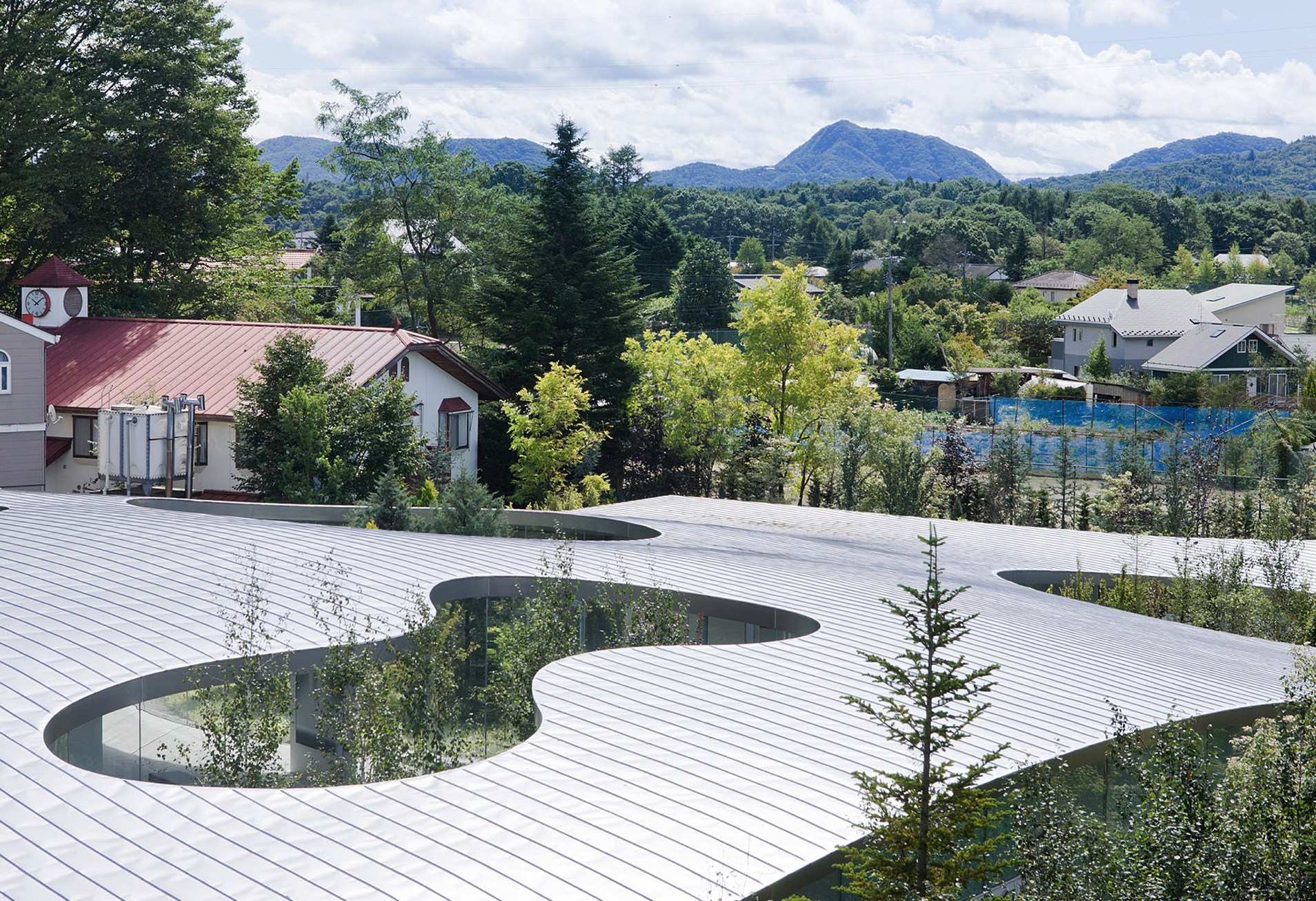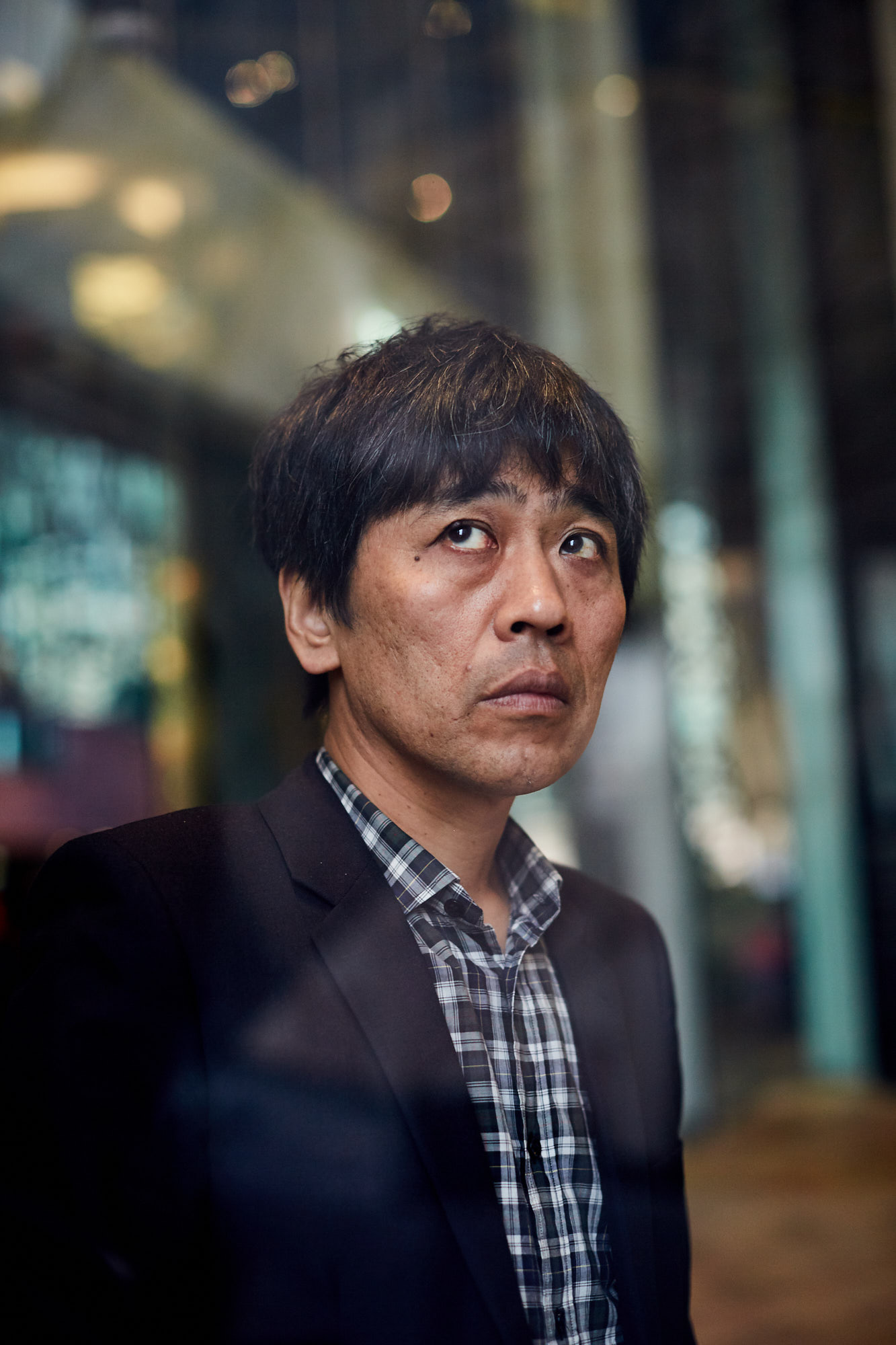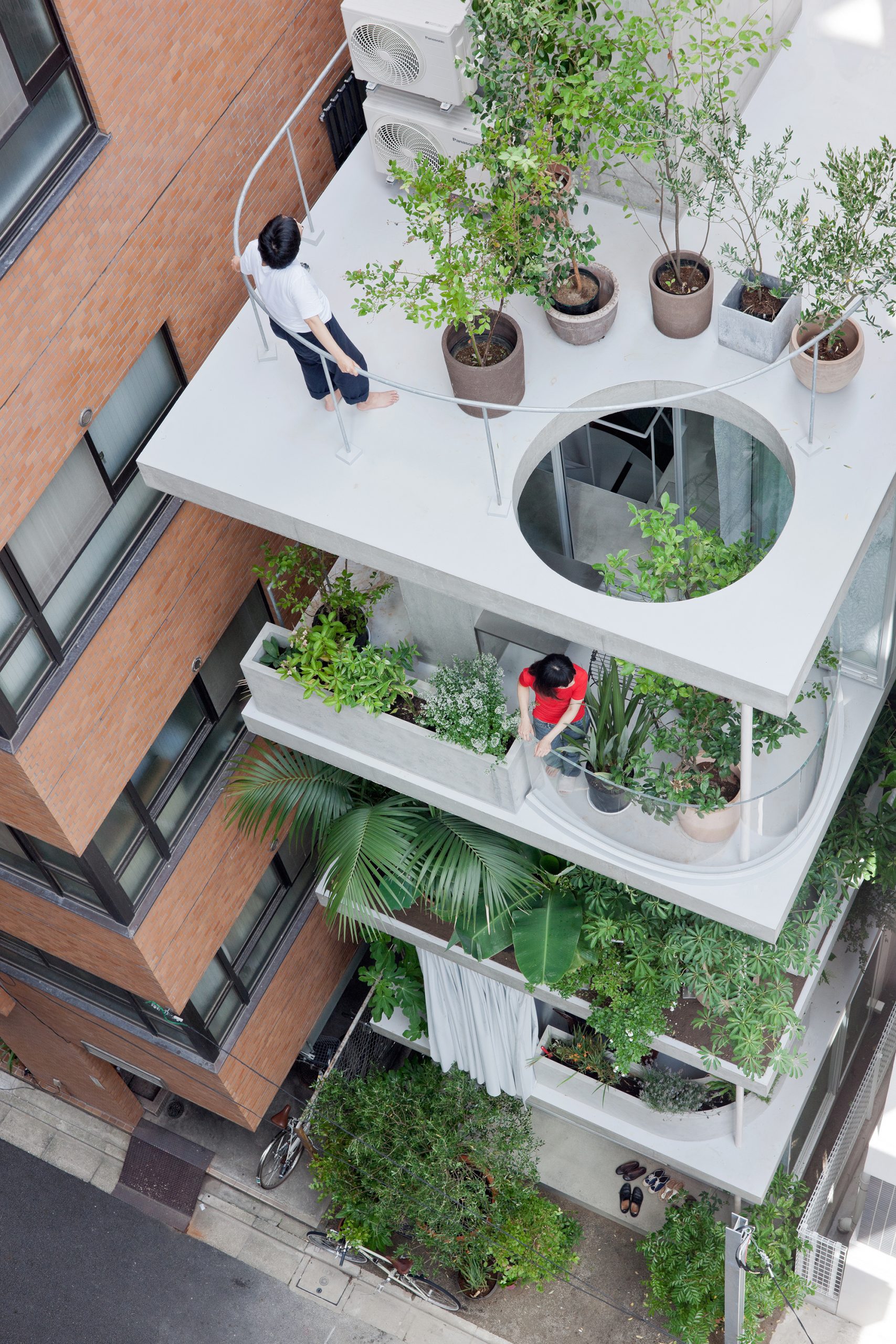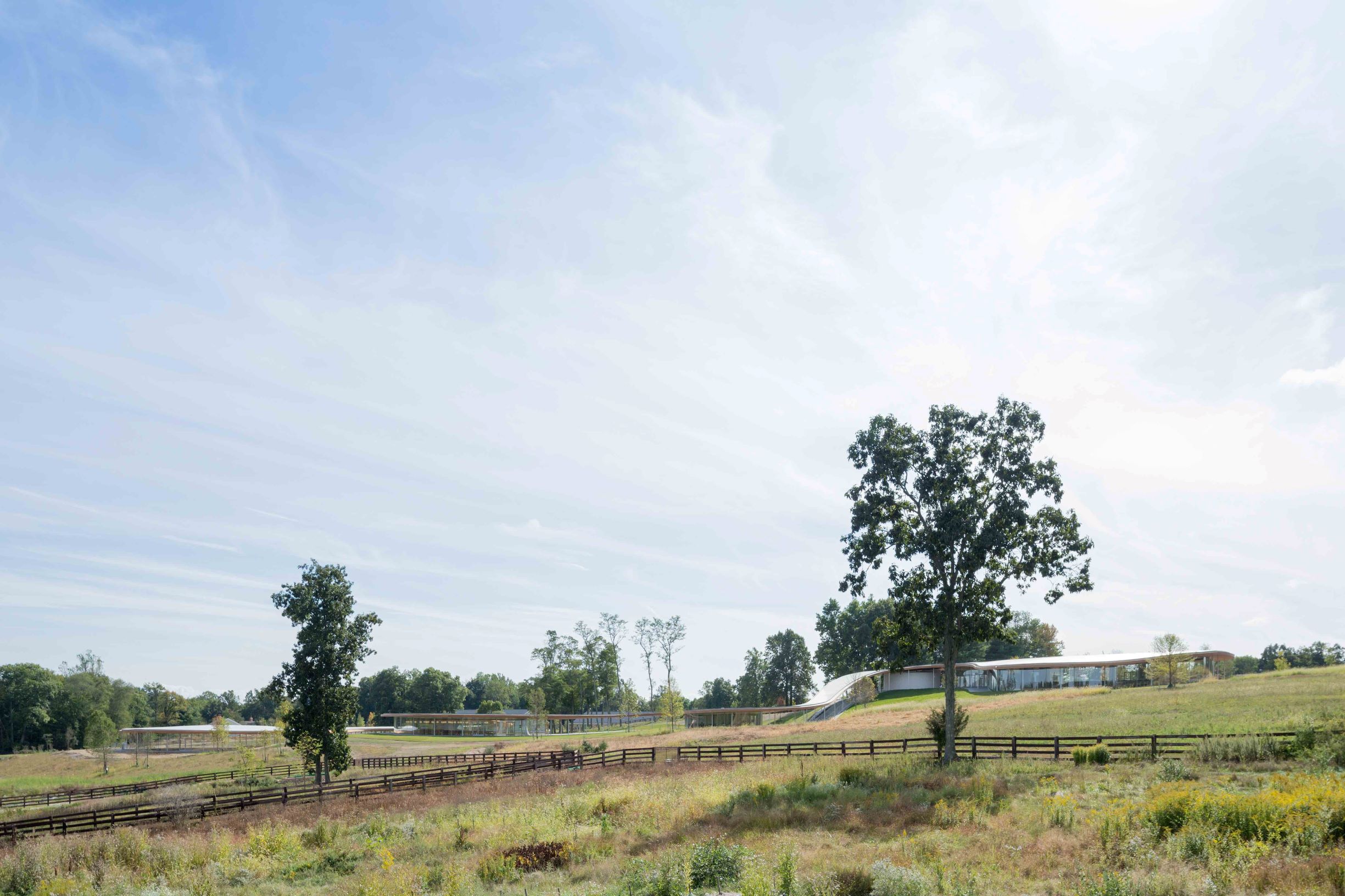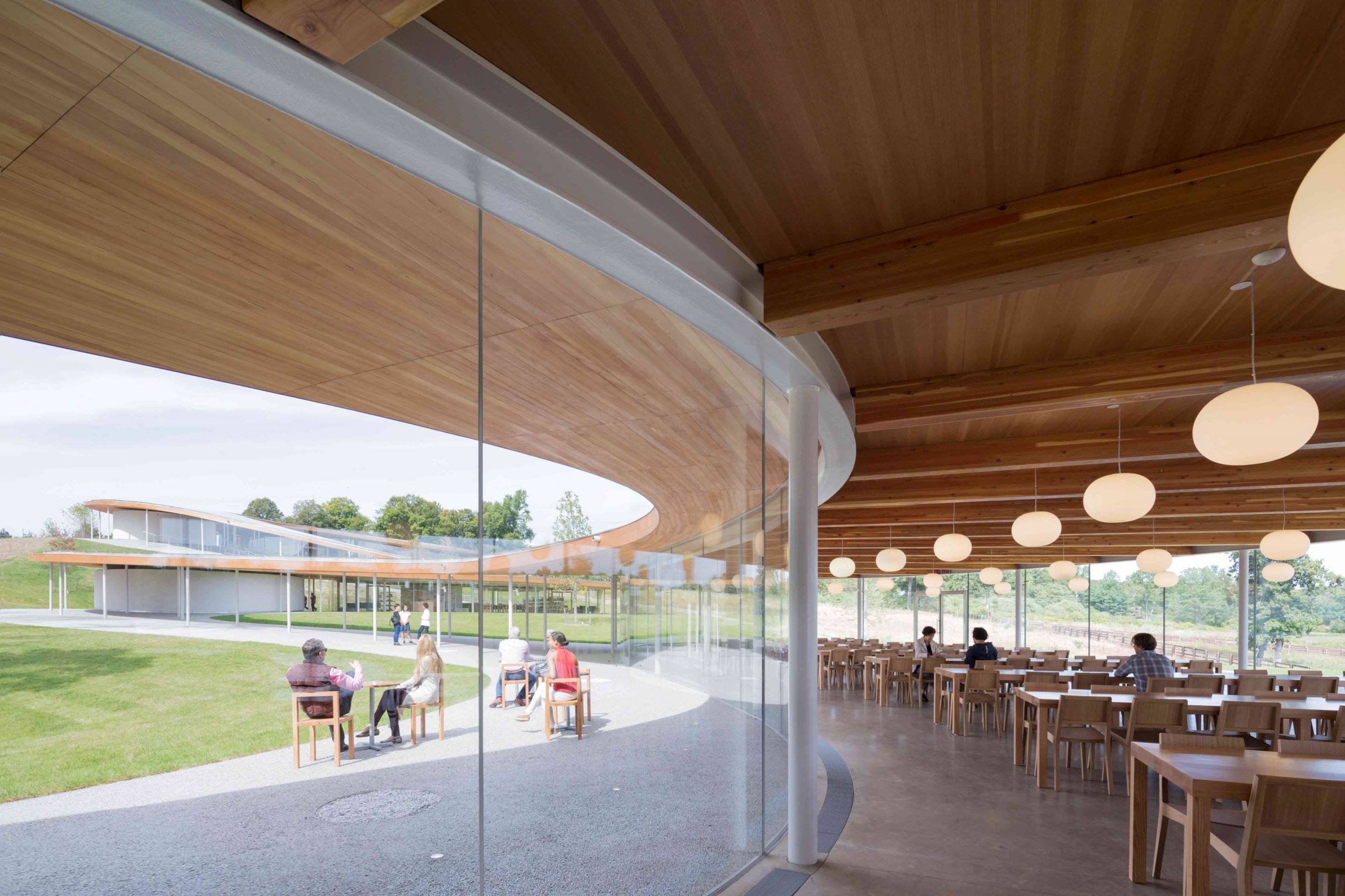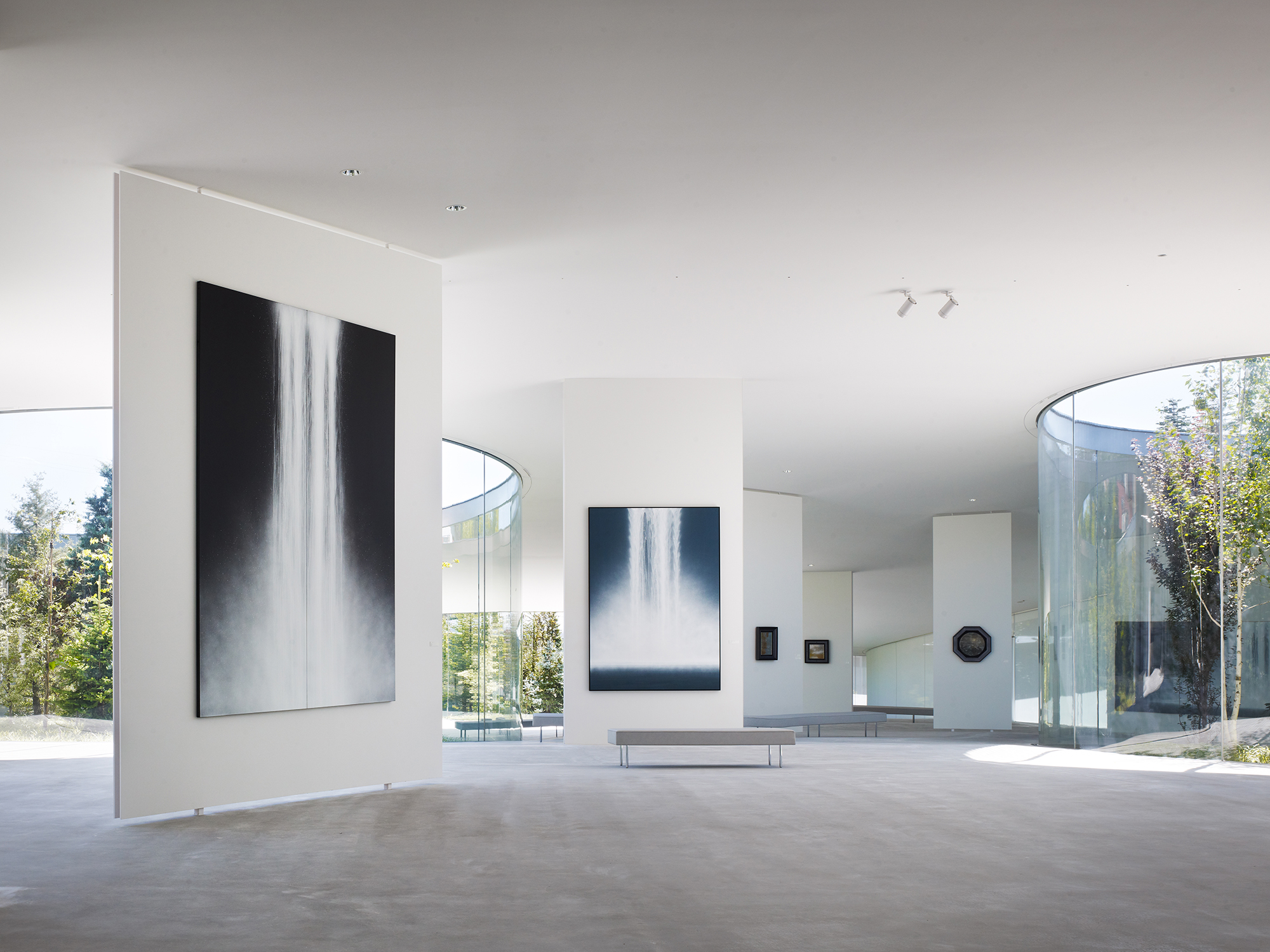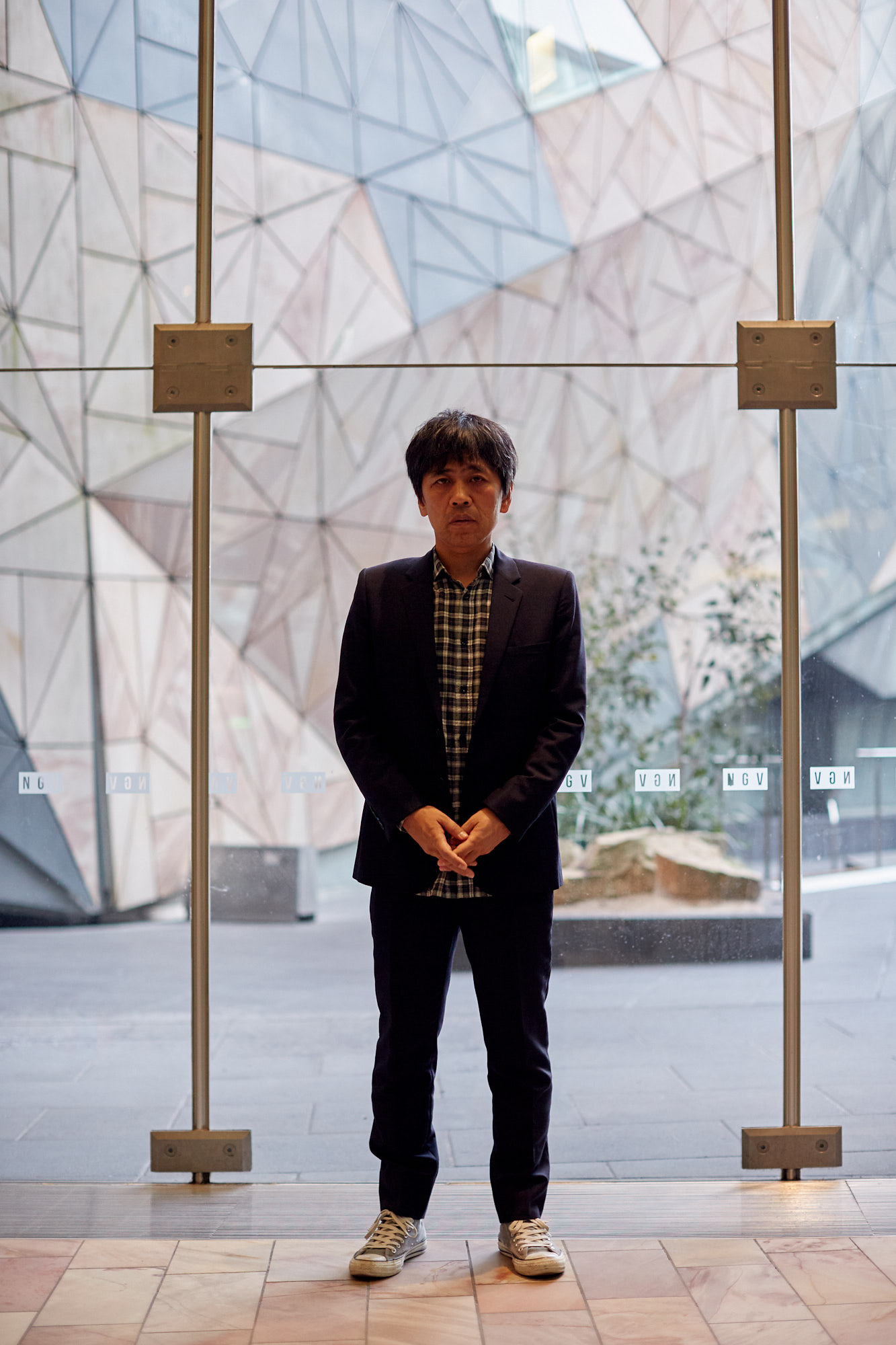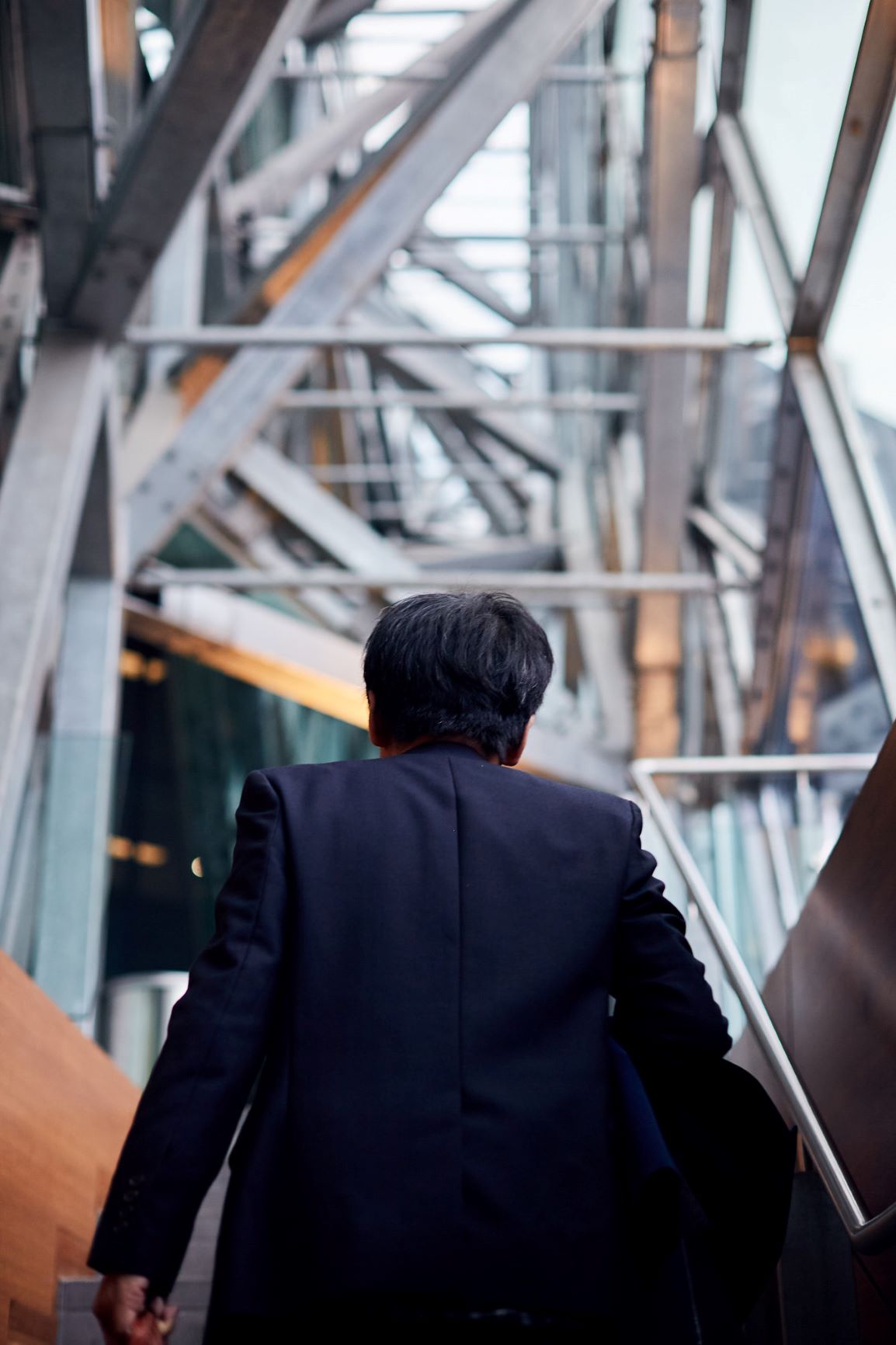Ryue Nishizawa of SANAA’s deeply perceptive architecture
Based in Tokyo, SAANA is a multi award-winning architecture practice, renowned for designs that are simple, yet exude a profound sense of purpose. In 2010, architect Keith Little took a highly coveted intern position at SAANA, where he learnt about the philosophy that shapes Kazuyo Sejima and Ryue Nishizawa’s practice. Now, he returns to a dialogue with his former mentor.
Eight years ago, I showed up late to my first day as an intern at SAANA, dressed too formally for the summer heat. I had trouble finding the office, in a Tokyo warehouse by a harbour canal. There had been a big deadline the day before, so the office was mostly empty. I moved slowly through tables towering with models – the best I had ever seen. They were immaculately made, set aside almost casually. After standing near the entrance for some time, I finally found someone to talk to and was introduced to my project. I sat down to attempt to make models on par with the others.
I had been interested in SANAA since I began to study architecture. Led by Ryue Nishizawa and Kazuyo Sejima, SANAA began in 1995 in post-bubble Tokyo and from the beginning demonstrated an incisive and clear mode of design. Both Nishizawa and Sejima also run their own individual practices, sometimes collaborating and other times not. But both architects’ buildings seemed to lift off the page, direct from idea to completion in a way that is incredibly rare in an industry where so many people must collaborate, and every project is bound by practical constraints. Their influence on a generation of architects was almost immediate, and they have continued to refine and explore architecture with a rare combination of aesthetic refinement and technically superb execution. I learned so much about architecture from simply looking at those clear, precise models.
I sat down with Ryue Nishizawa in Melbourne, for 2018 Living Cities Forum, and asked him about that hand-made aspect of his process. While most architects have moved exclusively to 3D computer modelling, he still works physically. “We appreciate studying ideas by models,” he says. “It extends our imagination outside of the mind, where there is no scale, and where all of the complex relationships which need to be considered are unclear. With models we see so many unexpected things; they reveal our imagined reality to ourselves.”
The physical materiality of models is a revelation, says Nishizawa, who is interested in the moment in which he first sees his imagination become reality: “Computers give another surprise, but very different and not as useful.”
Perhaps this physical approach keeps his work more connected with the natural world. Many of Nishizawa’s projects have an intimate relationship with nature, at once apparent to the eye but belied by the materials he uses. They have abstract qualities: glass (transparent but weather-proof), steel (working in compression or tension), concrete (structural, massive), paint (as a method of reflecting light). And yet, by their placement and arrangement, Nishizawa’s architecture is able to enhance human connection to nature, almost as if the building acts to magnify the natural world. His architecture accentuates nature and directs human perception to it.
Nishizawa uses obviously artificial building elements, rather than mimicking natural forms or applying natural camouflage to the building with wood or stone. When I ask what he thinks of the current trend of engineered greenery on buildings, he replies, “Japanese people understand that the artificial belongs to nature. There is no clear boundary.”
Observe the ground on Nishizawa’s projects and you will often see bare soil, interspersed with hearty plants of expressive form. The ground is not manicured or overly hardscaped; the trees are not uniform, the variety feels natural and a bit unruly. “The fashion now is for commercial buildings to do a huge green facade, but these are not as wild as we might have expected,” Nishizawa tells me. “Nature, I imagine, is more alive, more wild. This is true even for a really small plant; the sense of being wild and alive is important.”
When looking at Nishizawa’s buildings, the impression is that only the fine elements make it through. There is nothing extraneous, no assumptions carried over from the past, nothing pro forma. In his recent Fukita Pavilion project, on the island of Shōdoshima, Nishizawa took the basic elements of floor and roof to their very elemental: two hanging hammocks of steel, one covering the other. This radical, yet simple, approach has the playful effect of recontextualising architectural elements. While architects smack their foreheads, according to Nishizawa, it is children who seem to find the place most appealing.
This perhaps points to the weight of assumptions and history with which most adults, and architects, view architecture – and the value of an architect who questions everything. Nishizawa’s Moriyama House in Tokyo is a virtuosic feat of architectural engineering. The walls are as thin as possible: the outside is a plate of steel which supports the floors and roof, a layer of insulation, and plasterboard for the interior. This is a reversal on par with Richard Rogers’ externalisation of all the services on the facade of Centre Pompidou: by making the structure into the cladding, Nishizawa refers back to pre-modernist architecture, when bricks or stone both supported the building structurally, and acted as the building’s skin.
On stepping inside these buildings, one can see a profound understanding of human use patterns. Whether in his Teshima Art Museum in Naoshima, or one of Nishizawa’s many perceptive and nuanced residential projects, each is highly concerned with how people will experience the space in time, sequence and in the repetitions of daily life; in ways peculiar to them, and in new ways they may not have known.
The design for Moriyama House reveals a radically nuanced approach to the question of function. The client wanted a place where he could live in retirement, but also potentially rent out some living areas. Taking this brief to its most radical interpretation, Nishizawa designed a series of boxes and detached rooms which can agglomerate to form apartments, scattered throughout the site. This approach required that the resulting boxes worked both with each other and the spaces in between. Nishizawa solved this case by case, working hard to skillfully resolve each room, each moment. The ground is left raw, soil with plants, some wild, some cultivated. The rooftops are accessible where it makes sense for them to be, and thus all of the interstitial spaces are included in the design.
“Throughout history, architecture always shows how people live,” says Nishizawa. “If you see a Roman colosseum, you understand how they enjoyed entertainment back then, though we would never have this program in our society today. If you go to the suburbs of Tokyo to see detached houses, you will see two car parks, three kids’ rooms, and you will understand that it is a mobile society – to have three kids they had to get out of the city. It’s situated very far from Shibuya, so you see that it’s a train-commuting society, this means the husband is always away, and the wife is at home occupied as a housewife – you can see all of this through architecture.” In other words, architecture represents what is important to people, and what is unimportant. Musing on the way that architecture will have to adapt to humans in the future, Nishizawa speculates:
“Our life patterns change. If we lose cars for example, if we lose the computer, there would be many changes inside and out. But there are some things which won’t change: for instance, gravity, or summer typhoons in Japan.”
Given the variety and scale of factors that Nishizawa takes into account when working, it is not surprising he chooses to bring his projects close to reality as soon as possible with physical models. It may be what allows his projects to step into the real world more carefully and considerately, to remain as he imagined: intact.
Thank you, Nishizawa-san, for your time speaking with us on your brief visit to Australia for Living Cities Forum. Many thanks also to Tom Ross, whose camera recorded the visit. This interview was first published in AP print issue #10: Housing.
